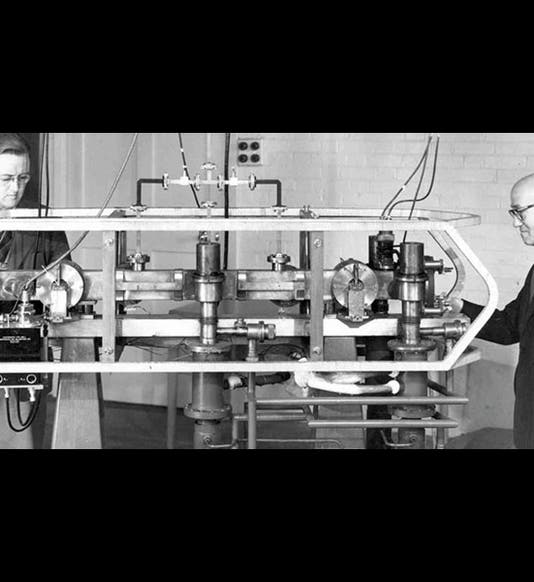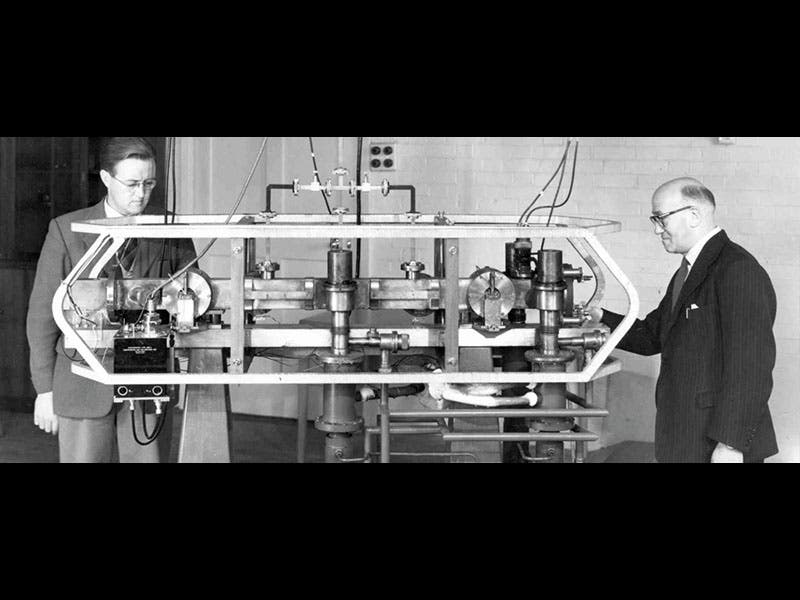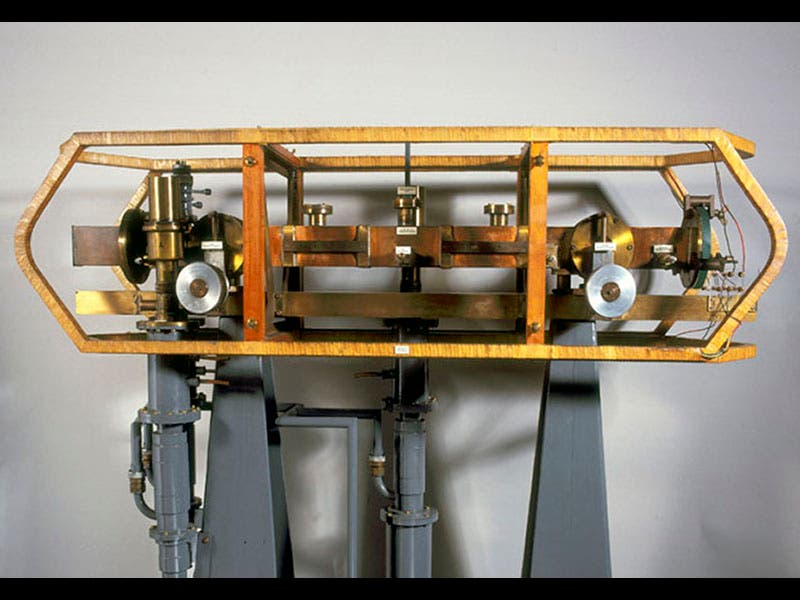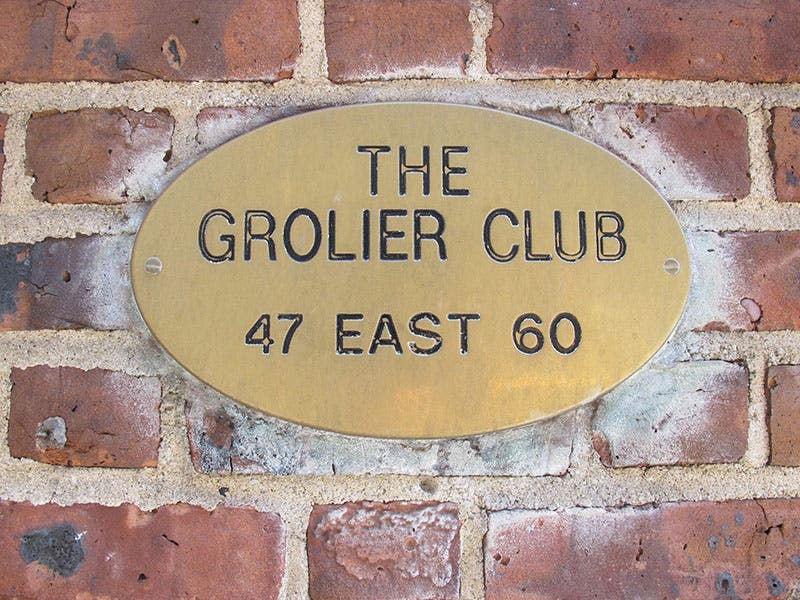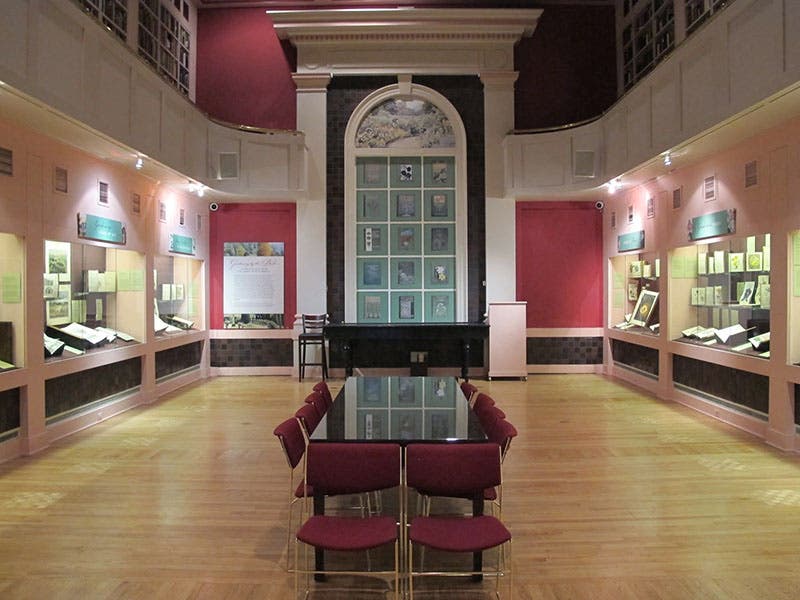Scientist of the Day - Louis Essen
Louis Essen, an English physicist, was born Sep. 6, 1908. Essen made two major contributions to physics, in two different fields, which is not as common as you might think, at least not in the twentieth century. In 1946, he developed a method of measuring the speed of light by setting up standing microwaves in a precisely-measured cavity, and he determined the speed to be 299,792.5 km/sec, which was at odds with measurements made using other methods. However, modern experimenters have now settled on a value of 299,792.458, so Essen was nearly spot-on.
Then, in 1955, working with his assistant Jack Parry, Essen built the first atomic clock (first image; Essen is on the right). He used the frequency of the light given off by caesium 133 as the basis for the clock, and it was accurate to within one part in a billion, which is to say, his clock might lose or gain one second in 30 years. It was immediately recognized by others that the era of astronomical timekeeping was over, and that we would soon be defining the second in terms of the frequency of light, and no longer as a fraction of a solar day. And this has turned out to be the case, as the second was officially redefined in 1967. The original Essen/Parry caesium clock of 1955 is currently on display in the Science Museum, London (second image).
Essen and Parry announced their atomic clock in a short paper in Nature in 1955. Our copy of that issue of Nature just arrived in New York City, as part of an exhibition called On Time: The Quest for Precision, which will open at the Grolier Club on Sep. 14. The exhibition was put together by Bruce Bradley, former curator of the History of Science Collection here, and he also just arrived in New York, and is today unpacking the Nature volume and 85 other works from our Library and beginning the process of assembling the exhibition. If you are in New York between Sep. 14 and Nov. 19, be sure to drop by the Grolier Club, when this exhibition space (fourth image) will be filled with our rare books. This link (click on On Time) will tell you much more about the exhibition.
Dr. William B. Ashworth, Jr., Consultant for the History of Science, Linda Hall Library and Associate Professor, Department of History, University of Missouri-Kansas City. Comments or corrections are welcome; please direct to ashworthw@umkc.edu.

